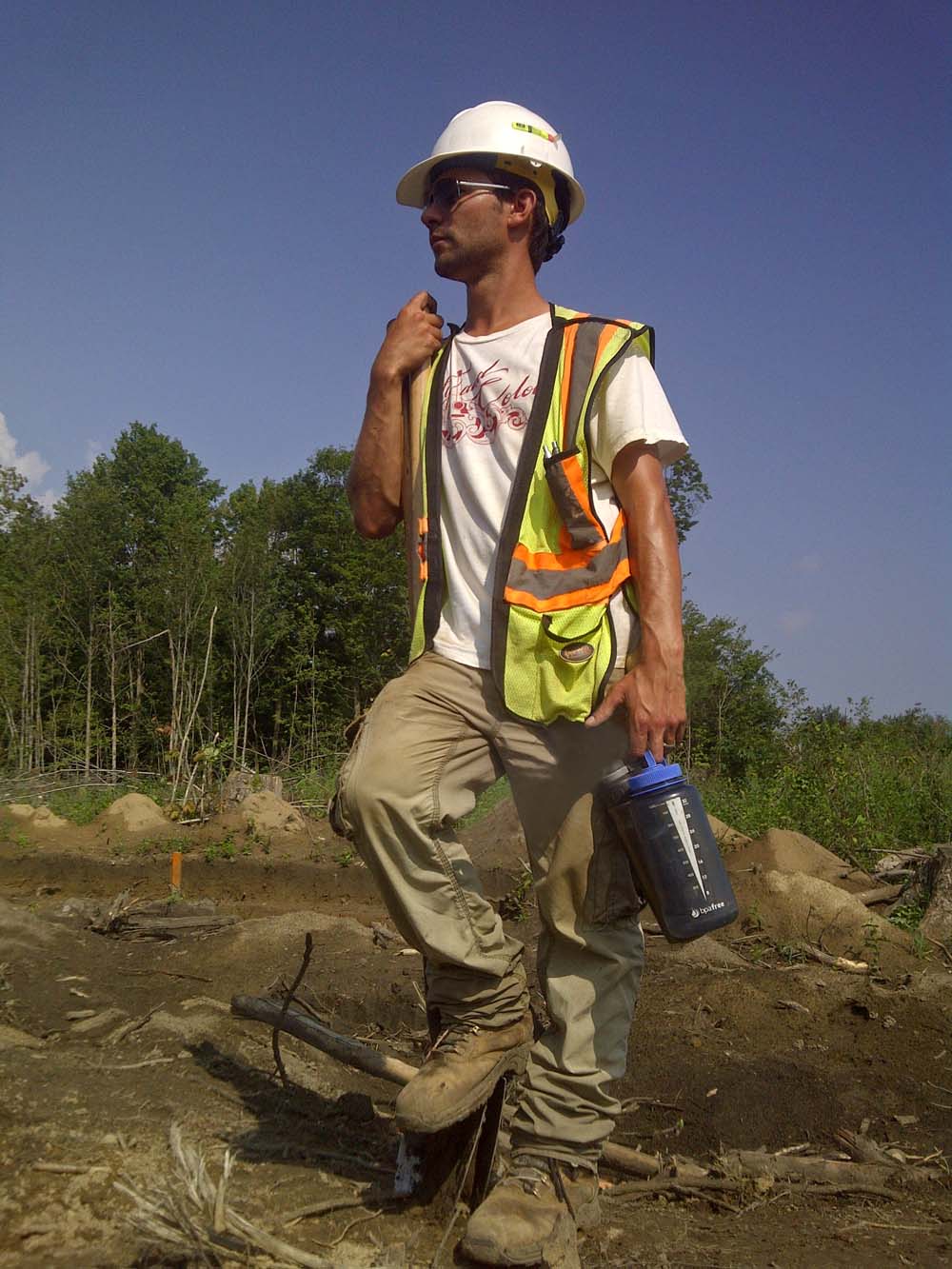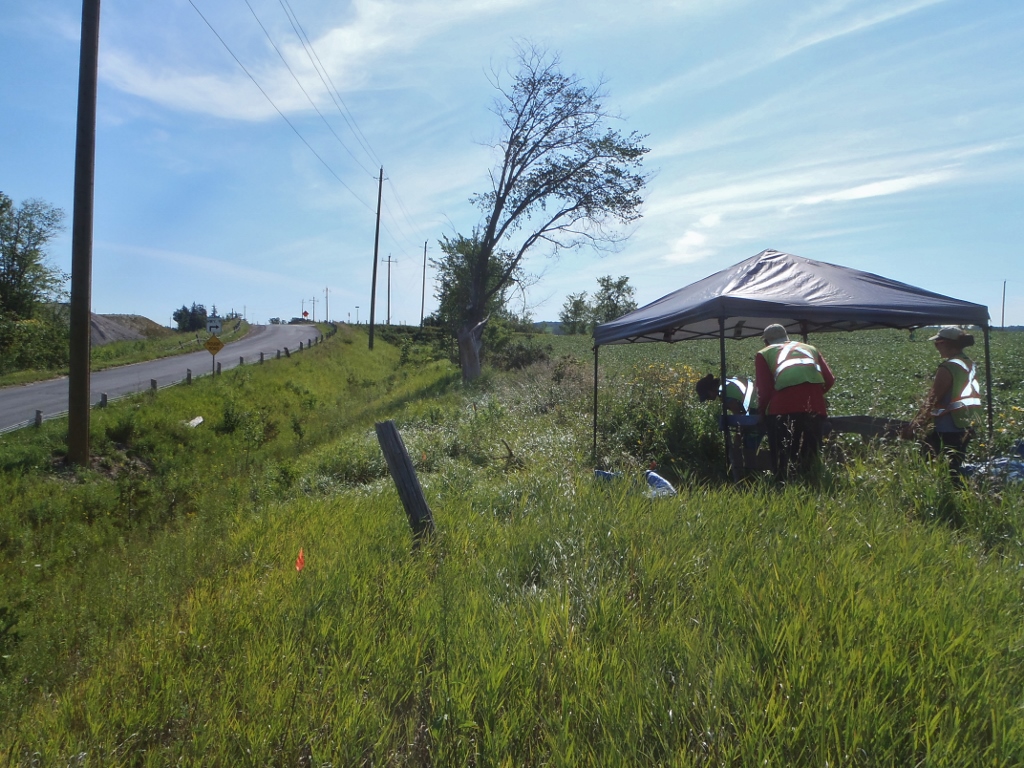We asked some of our Joint Health and Safety Committee (JHSC) staff members what aspect of ASI’s health and safety plan is most applicable to them in their job role, and what policies are in place that help them manage the issue. Here are their responses.
John Sleath (Staff Archaeologist)

As a Certified Worker Rep, I get asked a multitude of questions about anything and everything related to Health and Safety, both in the field and in the office, and relating to Cultural Heritage, Archaeology, and Underwater Archeaology. The part of the JHSC that is most important to me is the collaborative, team structure of it, with representatives from across the company and a wide range of experiences and opinions. Sending out questions to the committee at-large is a great way to gain perspective on an issue, and see all the different implications and considerations of a potential issue across the board.
Jennifer Ley (Assistant Manager, Stage 1 & 2 Projects)
The most important H&S policy to me is ensuring that we are providing our crews with all the necessary tools and information in order to be as safe as possible in the field. Our H&S policy states that all of our crews wear the appropriate field gear – for example, high-vis vests, CSA boots, and hardhats when necessary. Our H&S policy also states that all field directors be trained in First Aid, should an injury occur on site. Recently, our H&S policy also implemented that both public and private locates be obtained prior to initiating any test pit survey project.
Caitlin Coleman (Assistant Manager, Laboratory Services)
I am proud of how comprehensive our Health and Safety materials are. They address not only the field, but also give guidelines to avoid injury in the office and the lab. As a lab worker, I have seen firsthand how debilitating repetitive stress injuries can be. I put together a stretching and lifting guide with diagrams to help prevent these types of problems. It is very gratifying to now see lab workers now start each shift with some hand and wrist stretches!
John Dunlop (Assistant Manager, Stage 3 & 4 Precontact Projects)
The most important aspect of occupational health and safety is, for me, all hazards that relate to vehicles and driving. In a typical year ASI staff drive over 300,000 km to conduct fieldwork, which equals to 7.54 times around the earth. Travelling that distance means having to remain safe behind the wheel, at all times. ASI has put their drivers through safety courses to help ensure that our staff are the safest drivers on the road. Our work takes us all over the province of Ontario, and, at times, our staff have had to face some very challenging road conditions, but they have always shown themselves to be committed to safe driving. Occupational driving is the most dangerous daily activity our staff carry out, it has the highest chance of fatality and serious injury, and as such all of ASI works hard to make sure everyone stays safe on our roads.
Caitlin Lacy (Staff Archaeologist)

When we are working in the field the weather isn’t something we can control but we do our best to stay protected and limit the impacts of the heat, rain, and cold. During an extreme heat wave this summer we weren’t always fortunate to be working in areas that provided naturally shaded areas. These handy pop-up shelters were used to provide shelter from the sun and were also useful when intermittent rain was in the forecast.
The high heat and humidity also lead to some serious storms this summer. Fieldwork is often conducted far from an appropriate place to take shelter so we followed the saying ‘When thunder roars, go indoors’ to wait out the storm, which often passed quickly. We can’t control the weather but we can control how we react to the weather!










